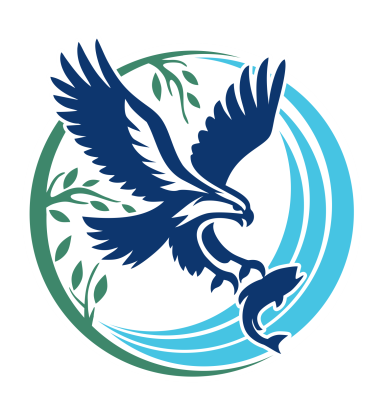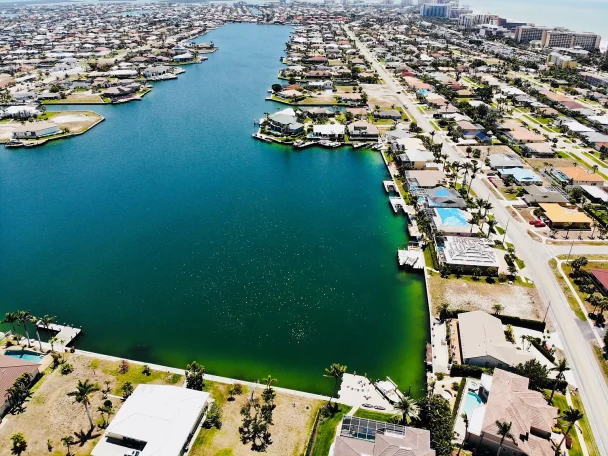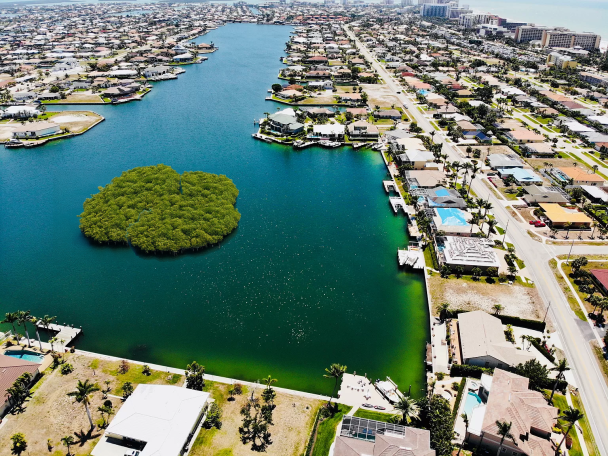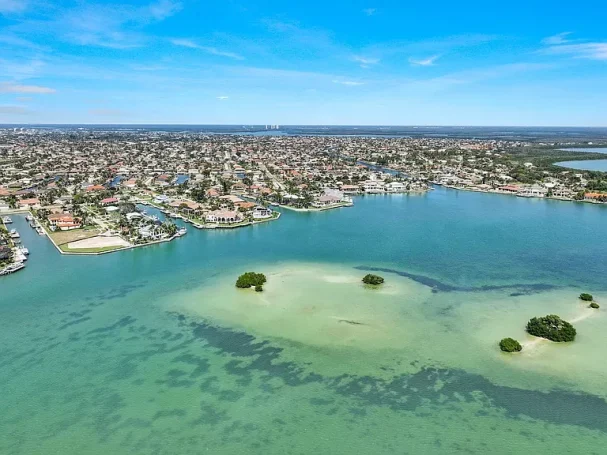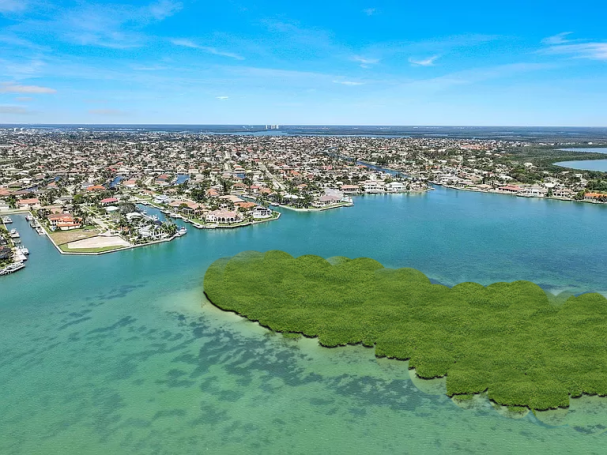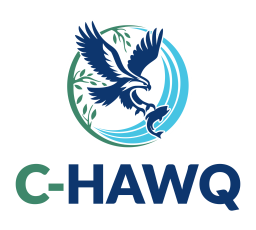Marco Island C-HAWQ Initiative
Project Status
Current
A full proposal has been submitted to the Marco Island city staff for review and determine next steps.
Use our contact form below to receive updates!
On February 20th, 2025 C-HAWQ presented at the Waterways Advisory Committee meeting to share motivations and details around the initiative for public knowledge. The Initiative will be invited to a future meeting to provide additional information and discussion.
Waterways Advisory Committee Meeting 2/20/2025 Video
On September 23rd, 2024, Marco Island City Council showed broad support for a potential unsolicited public-private partnership following a presentation by Dan Davies, the owner of Earthwerks and a part-time Marco Island resident.
Recent
Where would these islands be?
The proposed island locations are in waterways that are unnavigable, shallow, or are areas of highest need to improve water quality.
The exact locations would be negotiated with the City through our proposal and public feedback. More information will be shared here as project details are confirmed.
What would these islands look like?
The new islands are inspired by the mangrove islands surrounding Marco Island and in the Ten Thousand Islands. Islands would be shaped to fit any existing sand bars or natural structures. Where islands do not exist today, islands would be intentionally designed for unnavigable areas or areas with poor water quality.
Sheet pile, limestone rock, and oyster reefs would provide the foundation of the islands. Native vegetation would be planted on the islands to provide additional structure, storm resiliency, sound deadening, and filtration.
What types of plants will be used?
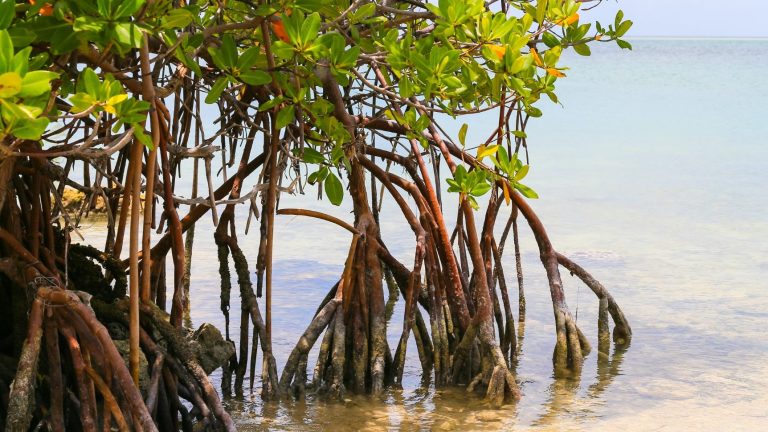
Mangroves
Black, white, and red mangroves would be used to provide structure, resilience, and habitat for the islands and local species. Mangrove roots cannot grow with structure so the islands would provide containment to the tress growth size.
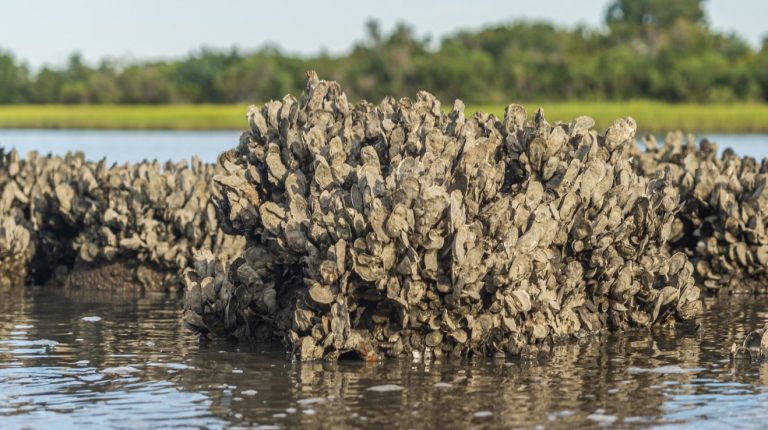
Oyster Reefs
Oyster reefs provide habitat for filter feeders and macro-invertebrates like oysters or shrimp. These small creatures help filter the water of particulates which improves the water quality.

Seagrasses
Grasses such as smooth cordgrass and black needlegrass rush create shallow emergent salt marsh areas. This could help improve the resiliency of the oyster reefs and newly restored habitats.
.
.
.
.
<
,
.
.
.
.
.
Contact Us
Complete our form to receive updates on the project or ask questions
We need your consent to load the translations
We use a third-party service to translate the website content that may collect data about your activity. Please review the details in the privacy policy and accept the service to view the translations.
